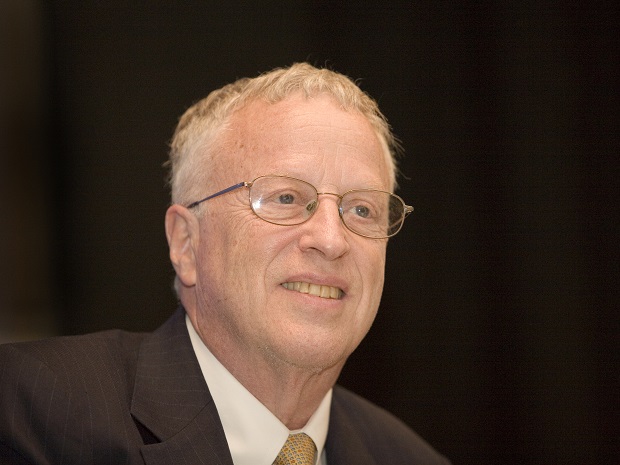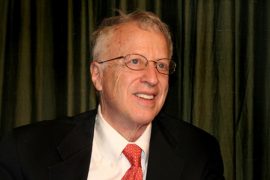George Akerlof is an American economist who has consistently emphasised the need of integrating psychology and economics throughout his career.
Advertisement
Akerlof’s most well-known contribution to economic theory is the concept of asymmetric information. It was this idea that earned him the 2001 Nobel Prize in Economic Sciences.
He famously introduced his theory in his article, “The Market for Lemons: Quality Uncertainty and the Market Mechanism”, which was published in the Quarterly Journal of Economics in 1970.
Advertisement

In this paper, he used the automobile business as an example to demonstrate the gap between information available to sellers and information available to consumers.
Economists employ this hypothesis as a possible explanation for market failures. Akerlof shared the Nobel Prize in Economics with Michael Spence and Joseph Stiglitz, both of whom are credited with developing this theory.
Akerlof’s initial model was created by modifying specific parameters to better simulate real-world markets. Akerlof restricted the market to fixed buyers and sellers, ignoring the possibility that agents could swap positions with negligible transaction costs.


Leave a Reply